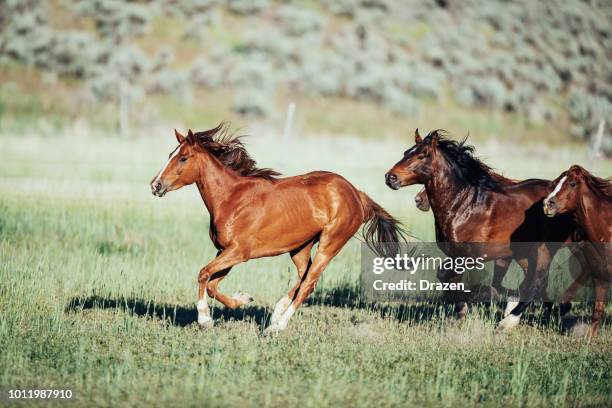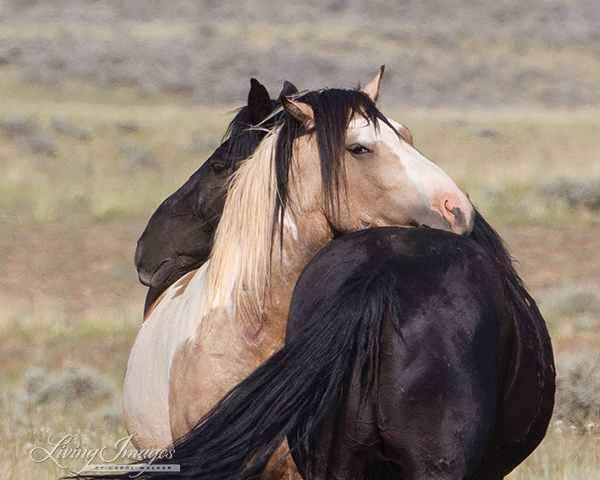American Mustangs: Wild Horses of the West

American mustangs are iconic symbols of the American West, embodying freedom, resilience, and the untamed spirit of the frontier. These wild horses roam freely across vast public lands, captivating the imagination of horse enthusiasts, historians, and nature lovers alike.
Origins and History

Mustangs are descendants of horses brought to North America by Spanish explorers in the 16th century. Over centuries, these horses adapted to the diverse and often harsh environments of the western United States, developing into hardy, agile animals well-suited for survival in the wild.
Physical Characteristics
- Size: Typically stand between 14 to 15 hands (56 to 60 inches) tall.
- Build: Compact and muscular with strong legs and a sturdy frame.
- Coat Colors: Vary widely, including bay, black, chestnut, dun, and roan.
Habitat and Range
Mustangs primarily inhabit public lands managed by the Bureau of Land Management (BLM) and the U.S. Forest Service. Their range spans across states such as Nevada, Wyoming, Montana, and California, where they graze on open plains, deserts, and mountainous regions.
Behavior and Social Structure
Mustangs live in bands typically consisting of one stallion, several mares, and their offspring. These social groups are stable and help protect members from predators and rival bands. Mustangs are known for their intelligence, strong survival instincts, and ability to form deep social bonds.
Conservation and Management
The wild mustang population is managed by the BLM to balance ecological health and prevent overgrazing. Programs include roundups, adoption initiatives, and fertility control to maintain sustainable herd sizes. Despite these efforts, mustangs face challenges such as habitat loss, competition with livestock, and legal controversies.
Cultural Significance
Mustangs have inspired countless works of art, literature, and film, symbolizing freedom and the rugged beauty of the American West. They hold a special place in Native American cultures and continue to be celebrated in rodeos and wild horse festivals.
FAQ
| Question | Answer |
|---|---|
| What is the average lifespan? | Mustangs typically live 20-30 years in the wild. |
| Can mustangs be domesticated? | Yes, many mustangs are adopted and trained as riding or working horses. |
| How are mustangs protected? | Through federal laws like the Wild Free-Roaming Horses and Burros Act of 1971. |
Summary Table
| Aspect | Details |
|---|---|
| Origin | Descended from Spanish horses |
| Size | 14-15 hands tall |
| Habitat | Western U.S. public lands |
| Social Structure | Bands with one stallion and multiple mares |
| Conservation Status | Managed by BLM with ongoing protection efforts |
American mustangs continue to be a vital part of America’s natural heritage, representing a living link to the past and a symbol of wild beauty and freedom. Their preservation ensures that future generations can experience the majesty of these remarkable horses roaming the open landscapes of the West.
